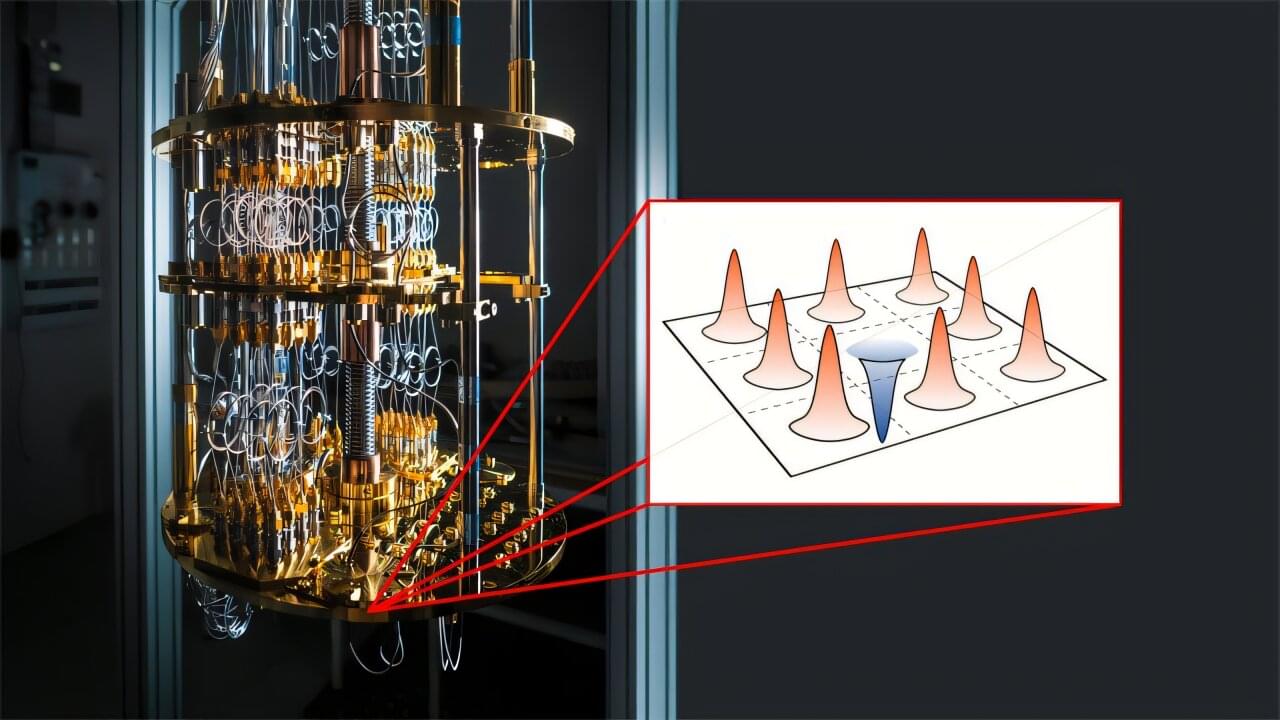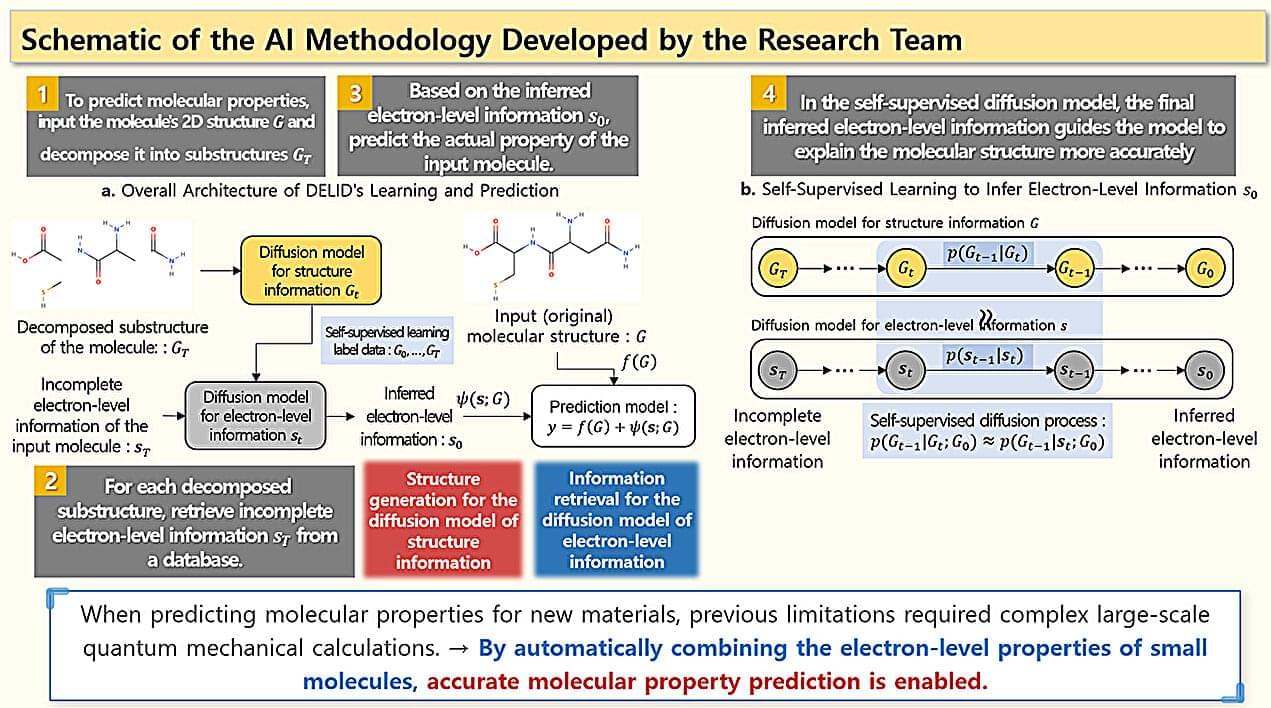Will artificial general intelligence top out at the ceiling of human intelligence? Others say there is no ceiling and our intelligence is limitless. Here’s the scoop.



When Chinese AI startup DeepSeek unveiled the open-source large language model DeepSeek-R1 in January, many referred to it as the “AI Sputnik shock” — a reference to the monumental significance of the Soviet Union’s 1957 launch of the first satellite into orbit.
Much remains uncertain about DeepSeek’s LLM and its capabilities should not be overestimated — but its release nevertheless has sparked intense discussion about its superiority especially in terms of cost. DeepSeek claims that its model possesses reasoning abilities on par with or even superior to OpenAI’s leading models, with training costs at less than one-tenth of OpenAI’s — reportedly just $5.6 million — largely due to the use of NVIDIA’s lower-cost H800 GPUs rather than the more powerful H200 or H100 models.
Tech giants like Meta and Google have spent billions of dollars on high-performance GPUs to develop cutting-edge AI models. However, DeepSeek’s ability to produce a high-performance AI model at a significantly lower cost challenges the prevailing belief that computational power—determined by the number and quality of GPUs—is the primary driver of AI performance.

Meta’s Superintelligence Lab has assembled a world-class team of AI researchers from institutions like OpenAI, DeepMind, and Google. Their educational paths—often beginning in top universities in China or India and leading to elite Western institutions—reflect the global and interdisciplinary nature of AGI development. This article explores their academic journeys, highlighting how rigorous training in mathematics, computer science, and safety research underpins the next frontier of artificial intelligence.


After trying to conceive for 18 years, one couple is now pregnant with their first child thanks to the power of artificial intelligence.
The couple had undergone several rounds of in vitro fertilization, or IVF, visiting fertility centers around the world in the hopes of having a baby.
The IVF process involves removing a woman’s egg and combining it with sperm in a laboratory to create an embryo, which is then implanted in the womb.



A new AI model is much better than doctors at identifying patients likely to experience cardiac arrest. The linchpin is the system’s ability to analyze long-underused heart imaging, alongside a full spectrum of medical records, to reveal previously hidden information about a patient’s heart health.
The work, led by Johns Hopkins University researchers, could save many lives and also spare many people unnecessary medical interventions, including the implantation of unneeded defibrillators.
“Currently, we have patients dying in the prime of their lives because they aren’t protected and others who are putting up with defibrillators for the rest of their lives with no benefit,” said senior author Natalia Trayanova, a researcher focused on using artificial intelligence in cardiology. “We have the ability to predict with very high accuracy whether a patient is at very high risk for sudden cardiac death or not.”

Quantum computers still face a major hurdle on their pathway to practical use cases: their limited ability to correct the arising computational errors. To develop truly reliable quantum computers, researchers must be able to simulate quantum computations using conventional computers to verify their correctness—a vital yet extraordinarily difficult task.
Now, in a world-first, researchers from Chalmers University of Technology in Sweden, the University of Milan, the University of Granada, and the University of Tokyo have unveiled a method for simulating specific types of error-corrected quantum computations—a significant leap forward in the quest for robust quantum technologies.
Quantum computers have the potential to solve complex problems that no supercomputer today can handle. In the foreseeable future, quantum technology’s computing power is expected to revolutionize fundamental ways of solving problems in medicine, energy, encryption, AI, and logistics.

Researchers in Korea have developed an artificial intelligence (AI) technology that predicts molecular properties by learning electron-level information without requiring costly quantum mechanical calculations. The research was presented at ICLR 2025.
A joint research team led by Senior Researcher Gyoung S. Na from the Korea Research Institute of Chemical Technology (KRICT) and Professor Chanyoung Park from the Korea Advanced Institute of Science and Technology (KAIST) has developed a novel AI method—called DELID (Decomposition-supervised Electron-Level Information Diffusion)—that accurately predicts material properties using electron-level information without performing quantum mechanical computations.
The method achieved state-of-the-art prediction accuracy on real-world datasets consisting of approximately 30,000 experimental molecular data.